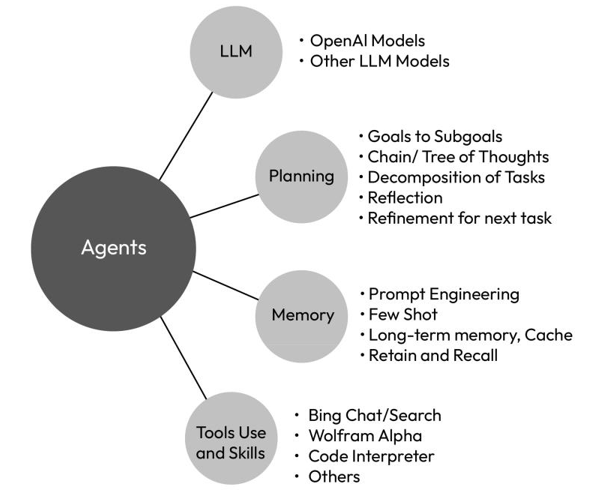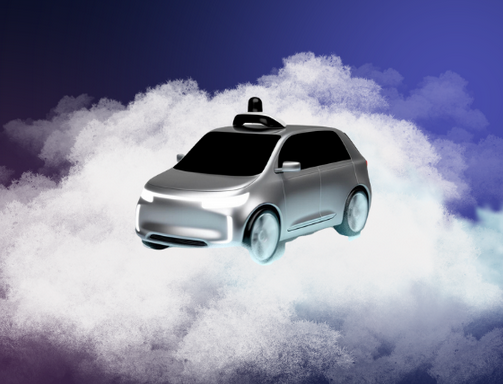Agent collaboration frameworks
In this chapter, we have covered generative AI from the perspectives of developers and operations by introducing programming development frameworks and many of the concepts related to this, including the concept of agents. We feel agents are a very exciting field of focus, where a brand new revolution, the generative AI revolution, will catapult humanity to heights we have not seen before and could only have dreamed of (perhaps in science fiction books!) only a year or two ago.
In Chapter 2, we very briefly touched on the exciting concept of autonomous agents, and in this section, we will cover this concept further, but first, let’s revisit what an ‘agent’ is. Recall that an “agent,” when used in the generative AI context, is software code that is AI-aware, and that can complete tasks, such as retrieving and gathering information from the user via an application or other model; it then uses this information to perform an action, such as input this into an LLM or a series of LLMs, to name just one action.
Let’s visually describe what an agent is beyond just pieces of code, as there are a few essential components that are needed for an agent to do its job:

Figure 6.5 – What makes an agent?
According to Ben Tossell, Founder of Ben’s Bites AI Newsletter, “AI agents will be everywhere. Billion-dollar companies will come from a small team that deploys ai agents.”
This is quite a statement! However, we feel it to be very accurate and agree with this statement. However, let’s take this one more step. In the general term of an agent, this agent must wait for some sort of interaction or direction by a human, likely via code. This limits any agent in terms of waiting (precious time is wasted) and following whatever only a human knows.
With “autonomous agents,” as the name suggests, this AI-powered code can now do things by themselves on their own, from completing tasks by taking action to creating new tasks, and they continue doing so until the task is complete. Furthermore, autonomous agents can provide self-feedback and subsequently improve autonomously, allowing for self-growth and improvement! All the while, these autonomous agents can communicate and collaborate with other autonomous agents to build a network of autonomous and tackle the most complex tasks, all with almost no human interaction! Of course, this will require all the guardrails and protection in place to prevent harm to society.
Now let’s take a look at two popular frameworks: AutoGen by Microsoft and AutoGPT by Mindstream.
